Bistort
A very pretty plant of damp places, the striking pink flower stems stand high above the surrounding vegetation, giving rise to one of its many common names, Pink Pokers. The leaves are used in a regional dish, ‘dock pudding’, cooked and eaten around Easter in the Calderdale area of West Yorkshire.
| Hedgerow Type | |
| Common Names | Bistort, Bistort, Passion dock, Gentle Dock, Pudding Dock, Snakeroot, Easter-ledges, Meadow bistort |
| Scientific Name | Bistorta officinalis |
| Season Start | |
| Season End |
Basal Leaves
The basal leaves are similar to dock but have a narrow strip of leaf material, ‘wings’ along the length of the leaf stem (petiole).
Flowers
Looking like pink bottle brushes these stand on slender stems above the surrounding vegetation in June and July. Each flower spike is 3-7cm tall by 1-2cm in diameter before the flowers open. Composed of roughly 150 individual flowers, they are roughly avocado shaped when in bud, then open to reveal a simple bell 4-5mm long, with 5 petals and 8 stamens.
Possible Confusion
The bright pink pokers mean this is unlikely to be mistaken for any poisonous plant apart from its close and edible relative, amphibious bistort. This is much less common with the basal leaves missing the ‘wings’.
Other Facts
Dock pudding has traditionally been made with oatmeal, nettles, onions and fried with bacon around Easter. The dock pudding ‘world competition’ take place at Mytholmroyd Community Centre, West Yorkshire usually around the third Sunday in April. Competitors prepare a fried breakfast including dock pudding.



 (5 votes, average: 3.80 out of 5)
(5 votes, average: 3.80 out of 5)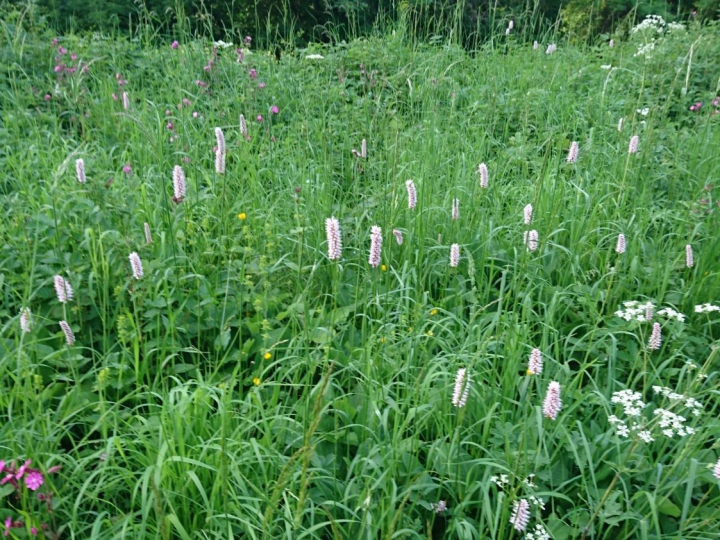










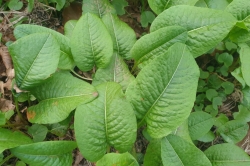
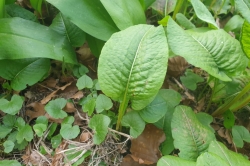
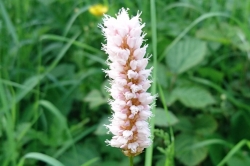
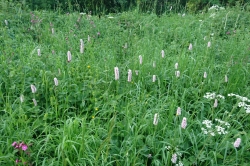





COMMENTS